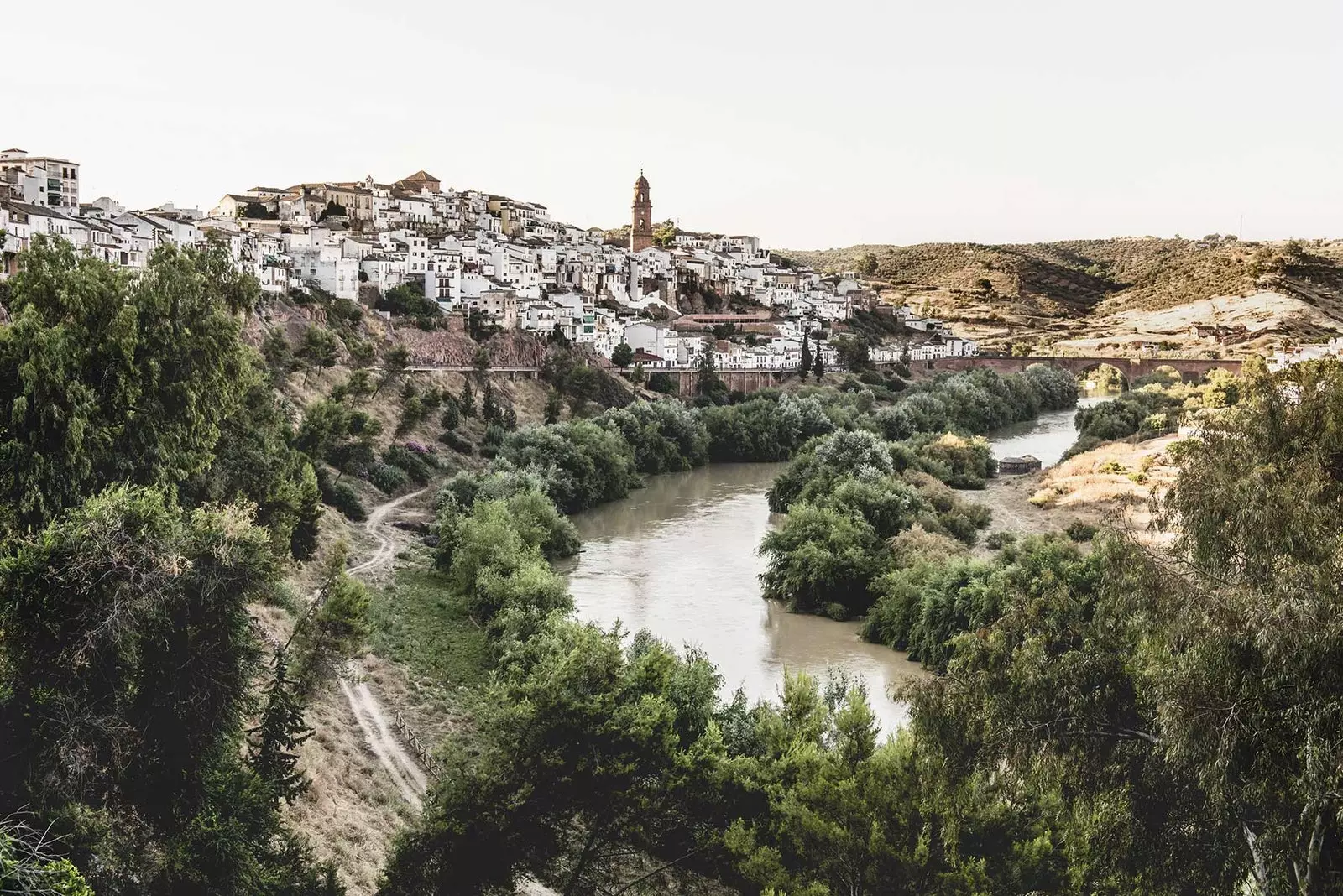
View from the Roman viewpoint of Montoro, Córdoba
The Guadalquivir is like the Nile. Well, let me explain. When I decided to embark on the adventure of navigate it on a paddle surf board The first thing I did was rescue my atlas and search for its sources, but I couldn't find them.
So I went to Google Earth (less romantic, but sometimes more effective), and it turns out that these, as with the African river, are not clear at all.
In school we were taught that The Guadalquivir rises in the Sierra de Cazorla , in ** Jaén **, but it seems that the statement responds to a convenience that It has its origin in the thirteenth century , when the **great river (al-wādi al-kabīr, in Arabic)** could not be allowed to rise in non-Christian territory.
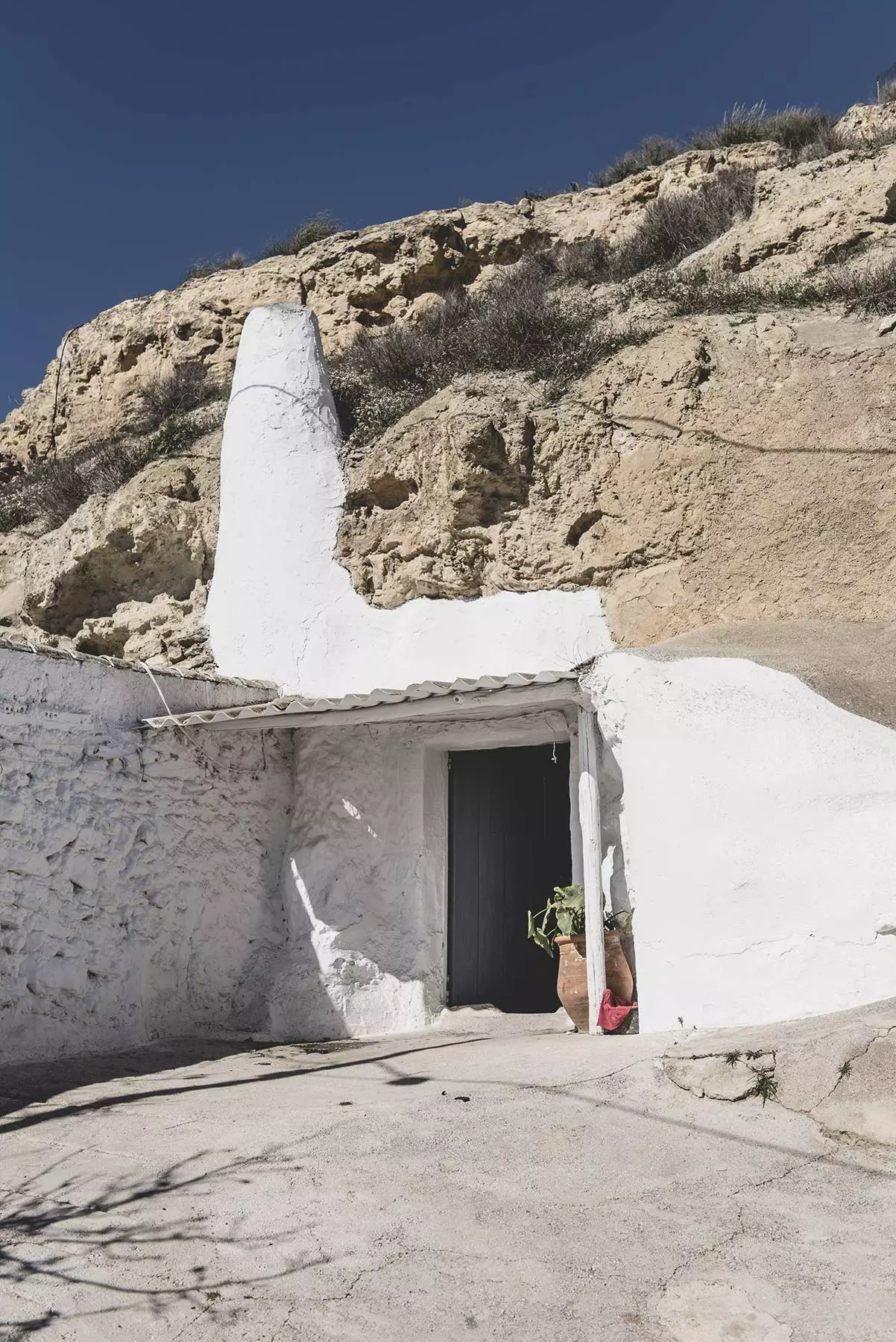
Accommodation Cuevas del Sur, in Cuevas del Campo, Granada
The fact is that currently many hydrologists locate its true source (the Hydrographic Confederation itself does as well) at some undetermined point on the Sierra de Huéscar, Granada, at an altitude of more than 1,100 m.
In fact, **in the municipality of María (Almería) there is a forum called “Guadalquivir is born in ** Almeria ” , which places the true source of the river in a tiny district called Canadas of Cañepla. In short, a mess, why fool ourselves.
But from somewhere I have to leave, so I load my gear and I travel to Cañadas like a modern John Speke , willing to navigate and explore the great river from end to end.
Cañadas is a remote place that does not appear on the road map that I buy at the gas station. A white and silent town reminiscent of a Berlanga film.
From there I head towards the field and admire the spectacular Sierra María-Los Vélez Natural Park : an orchard of black pine and Aleppo that guards the archaeological treasure the Cave of Signboards , where it appeared the famous indalo, that character with a bow which is the current symbol of the province of Almeria .
In the mountain I find a small pipe from which a stream of water flows. Juan Pedro, a farmer from the area, points it out and assures me: "That those waters end up in Seville, that's what I'm telling you, man".
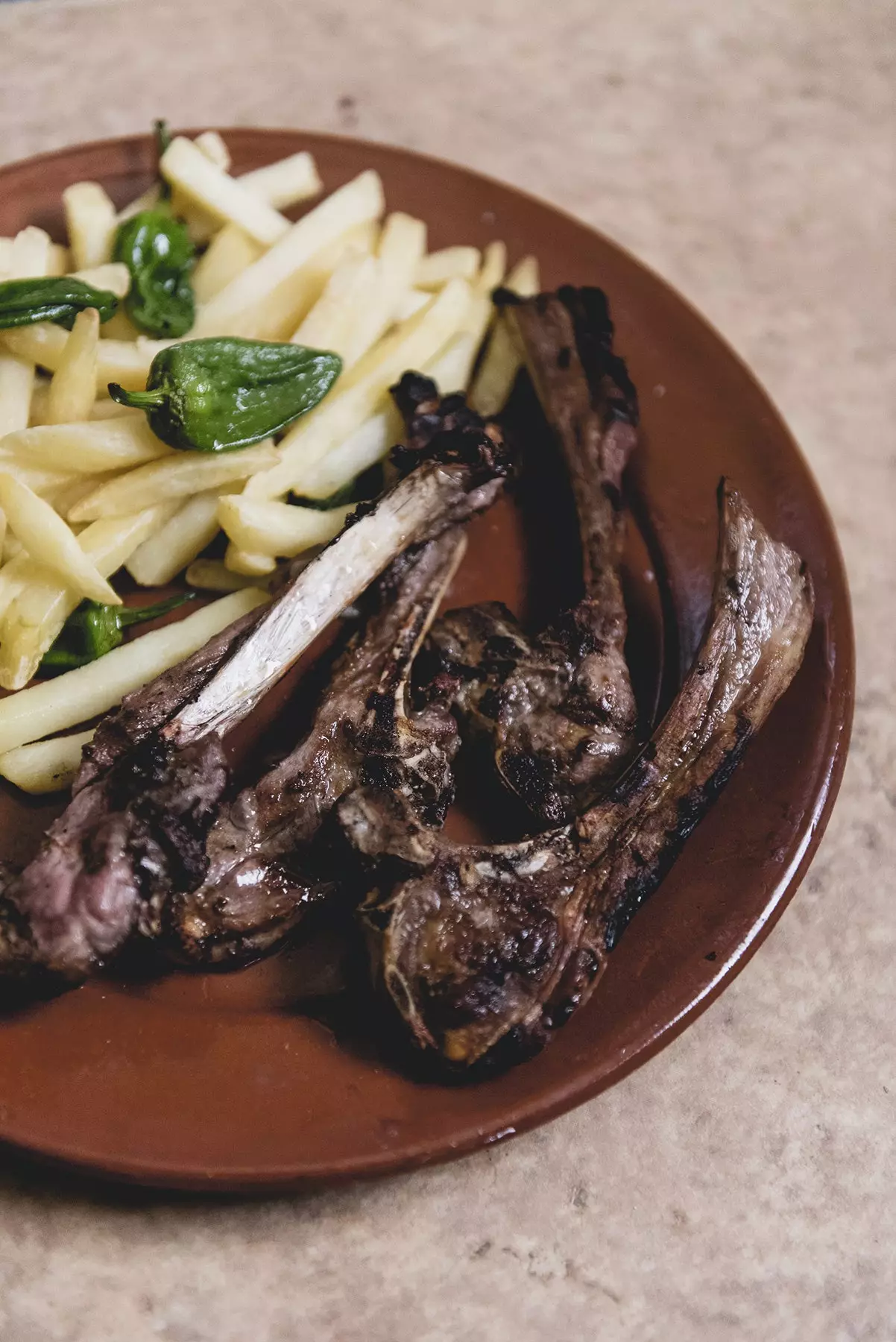
Lamb ribs at the Luismi bar, in Cañadas de Cañepla
I am at the birth of Guadiana Minor , the largest tributary of the river, and which the Muslims considered upper course of the authentic Guadalquivir (I will not be the one to contradict them).
From this place **the river travels almost 700 km to its mouth in Sanlúcar de Barrameda **, where those world-famous croissant-sized prawns await me (if I arrive safely).
In Canada , the town bar is reminiscent of **a Wild West tavern**. There is an eagle tied up at the entrance (it's called Taiga) and its owner, Luismi, grill a lamb autochthonous breed segureña that takes away the meaning.
Next to seasoned tomato and good lettuce , is the specialty. With my stomach taken care of, I say goodbye and get going. The matter begins. Up to the Negratín reservoir, the Guadiana Menor is barely navigable. Once in the swamp I inflate the board and jump into the water.
The Negratín is known as the Altiplano sea. And it looks like a sea, certainly. Its turquoise blue color and its coves are striking , and the colossal walls that encase it recall a Colorado's canyon to scale.
I am amazed at the scenery. In the area there are restaurants and multi-adventure companies : paragliding, kayaking, whatever you want. Things start well.
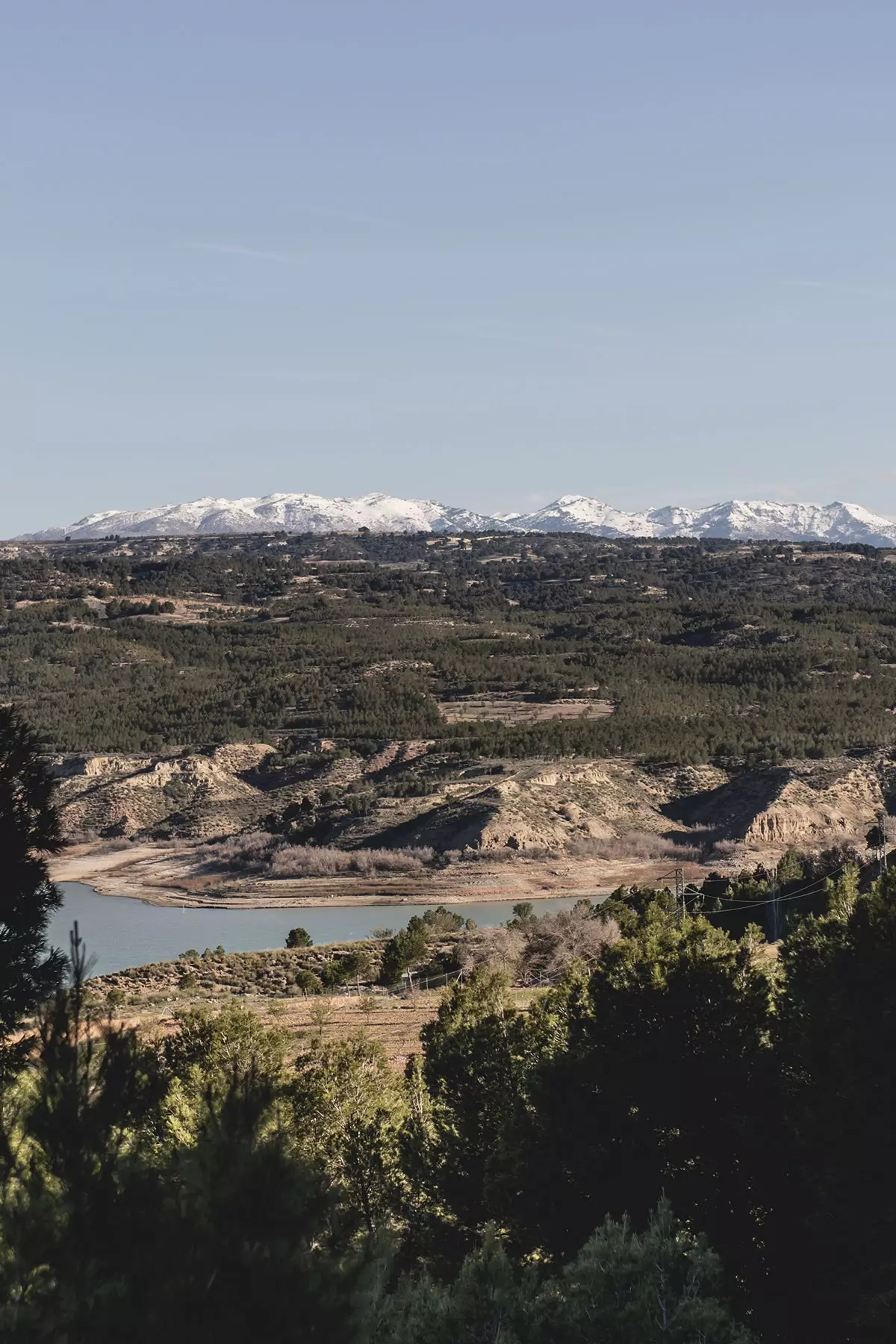
Negratin Reservoir, Granada
After the dam I navigate for a week framed by very high, arid and earthy walls. Some cuts are portentous and the landscape looks like martian.
There are mountain goats on the cliffs, and I don't understand how they can walk around so merrily without falling off the cliff. I sail on a capricious river that meanders , and that as soon as it calms down as it starts up in joyful and dangerous rapids.
Some I surf successfully, but others send me through the air. I go from woodcut to woodcut and the water is frozen, but the landscape is a gift , the perfect setting for a shootout in the Wild West.
They had already told me in Luismi's tavern: "A pity that Sergio Leone did not know this Guadiana Menor". I'm in Jaén, but it could be Arizona. I camp by the river and the night and the shining stars embrace me. On board I have a stove, nuts, coffee and noodles.
In 120 km there is no trace of nearby civilization . There are also no power poles, no coverage, and my only neighbors are wild boars and otters. The raptors watch me from large reddish walls reminiscent of sugar cubes. Gorges, willows, huge rocks...
When, after several days without seeing anything, I find myself a shepherd with his sheep, I stop to chat for a bit.
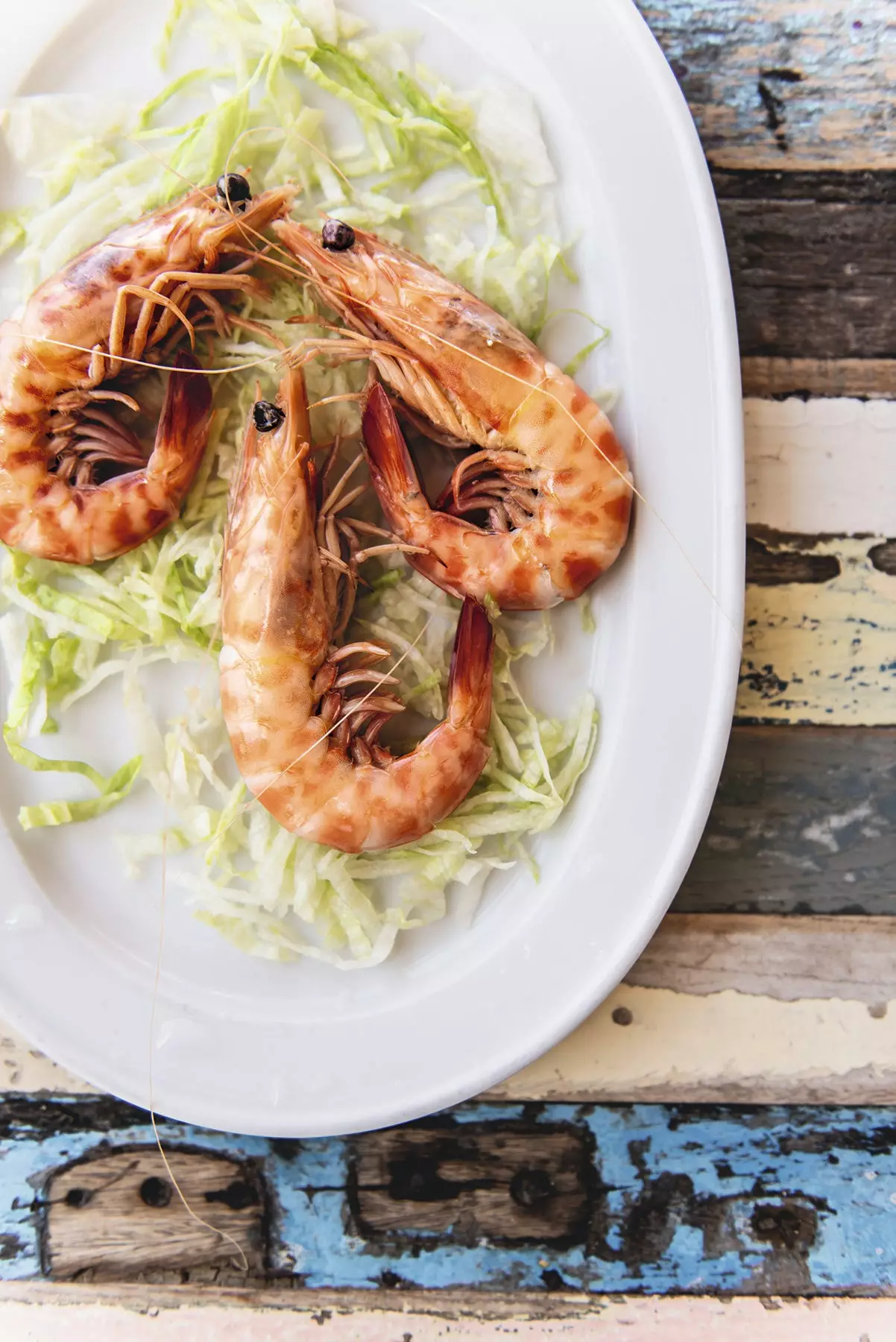
Prawns from Sanlucar
The guy pulls out a phone and photographs my board: “We have a WhatsApp group of pastors and we send each other these things” . I ask about the river water. “You can drink it calmly. I do it”. He then takes a bottle of mineral water out of his bag and takes a drink.
We share a cured cheese and say goodbye. When the Guadiana Menor pours its waters into the Guadalquivir (south of Úbeda) I hardly notice differences between one and the other.
In fact, they are the same water serpent that at times moves lazily and, suddenly, speeds you through its rapids like the conveyor belt at the airport.
In the river, that the shortest path between two points is the straight line, it doesn't work. The shortest yes, but not the fastest. It already smells like olive pomace. Work in the mills and the snoring of the machines in the field They overshadow the whisper of the waters.
Came to Bishop's Bridge . Here you have to stop at Hacienda of the Lagoon (built by the Jesuits in the 17th century) and visit the Olive and Oil Culture Museum to learn all about the industry from him.
And of course, taste oils and eat loin of orza, partridge pâté, baby squid stuffed with black pudding and delicacies of that hair. Then, back to the river that takes us...
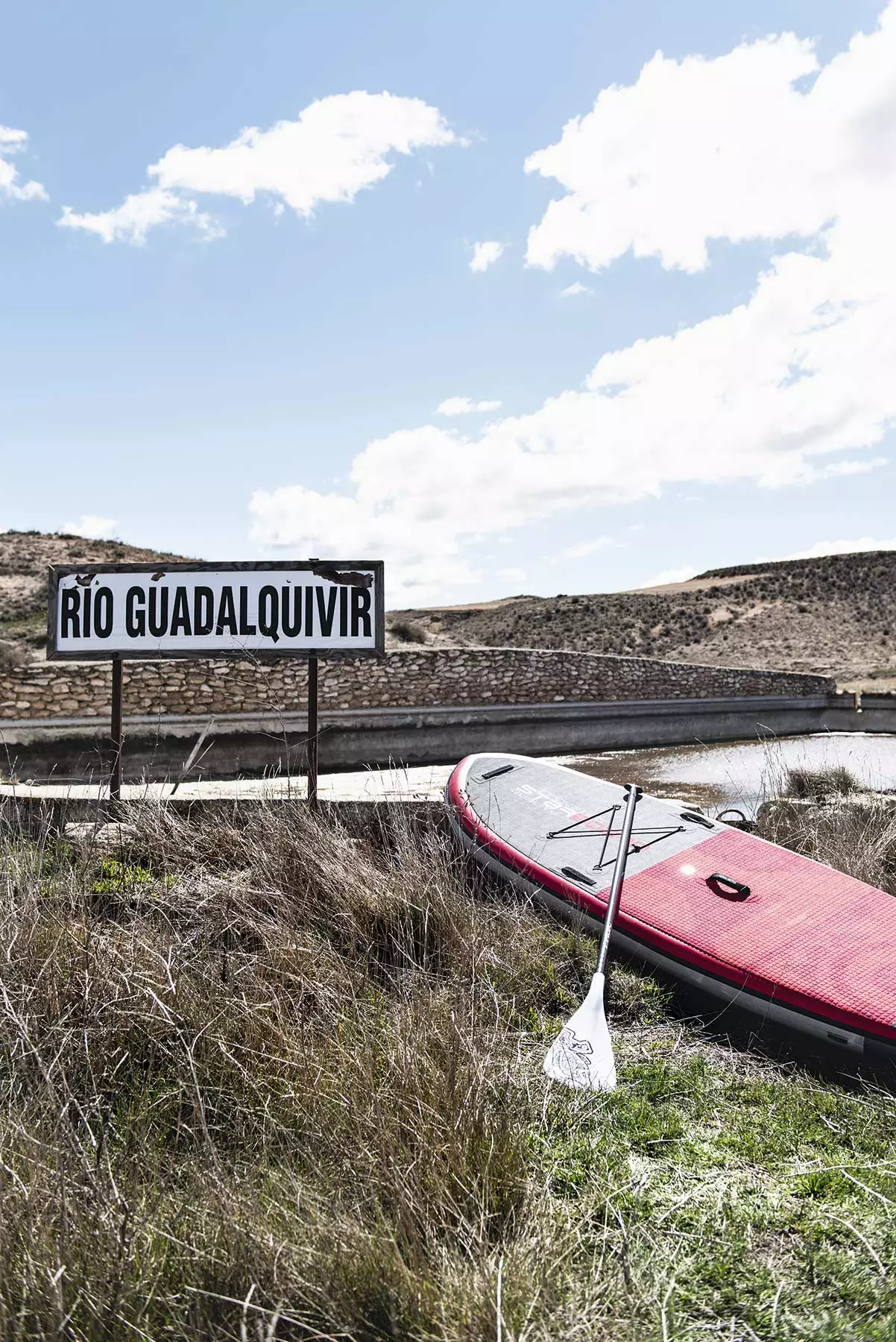
Source of the Guadalquivir in Cañadas de Cañepla, Almería
Step Villanueva of the Queen and I sail under the vaults of the beautiful bridge of Andujar . I visit this municipality and its monumental space. In a bar I tasted the tasty pipirrana jienense (tomatoes, peppers, egg and olive oil) .
Eugenio, who is next to me and has just arrived from the field with his Land Rover, warns me: “here we have everything, lad, even a Greco in the church of Santa Maria ”. Said remains.
It is obligatory to stop at Montoro (Cordoba) , where I arrive after passing under the extraordinary Bridge of the Maidens , so called because, in the times of the Catholic Monarchs , the maidens of Montoro had to pawn their jewels so that it could be built (“What a grace”, they would think) .
From the river, Montoro's presence surprises. Their houses, perched on a hill, as if suspended over the river , they give a beautiful postcard.
I walk the narrow and steep streets with their whitewashed houses and visit some churches. Curiosity: Although it is not ** Salamanca **, the town also has its Shell House.
It was built in 1960 by Francisco del Río using 45 million shells. collected all over the world. A sign, made with shells, of course, proclaims the authorship. "This house has been built by a peasant." Written like this, just like that.
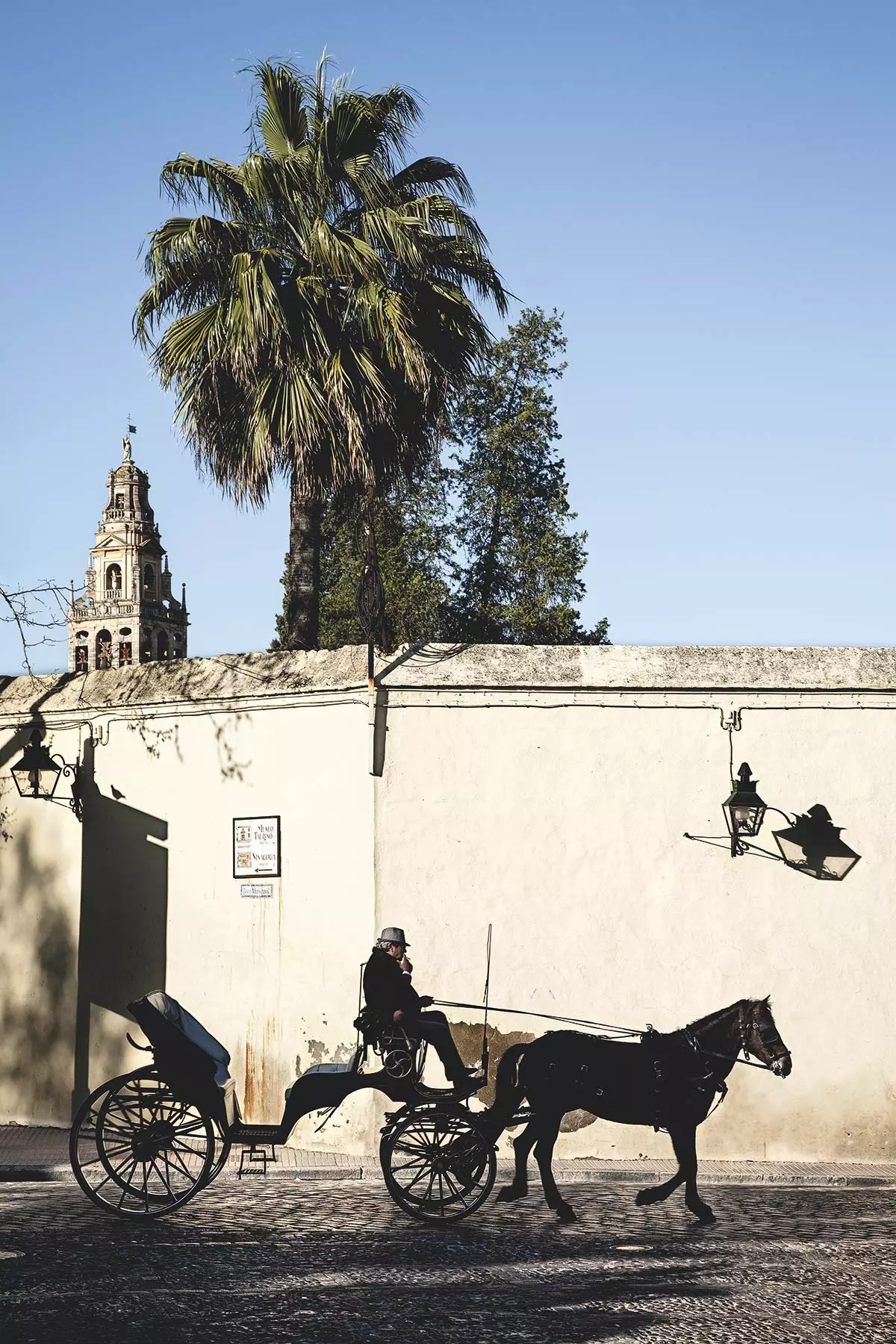
Royal Stables Street, Córdoba
The buildings and structures that accompany this river are admirable. **There is even a cultural route (Elefantes del Guadalquivir) that runs through the regions of Jaén, Córdoba and Seville **, recognizing the heritage value of the buildings that have allowed efficient water management using dams, hydroelectric power plants, industries, mills , towns and schools.
And through all of them I pass with my board, admiring them, even surprised, when at the height of The Carpio I observe the colossal head of a stone elephant decorating the walls of its hydroelectric plant , a building awarded with the gold medal at the Exposition of Decorative Arts in Paris in 1925. And I arrive in Cordoba.
I am in the river, in the rich waters of the Guadalquivir, and this time I am here to talk about its treasures as it passes through the city.
The Roman bridge erected by Emperor Augustus in the 1st century ; the eleven flour mills from Roman, Umayyad and medieval times, which remind us that the river also feeds us (they are part of a tourist circuit); Y Sotos de la Albolafia natural park , a mini Amazon outside the walls in which they roam freely 120 species of birds.
Past Córdoba the Del Río arrive. Not those of the Macarena, but dozens of white towns ** and serene, bearing the surname Guadalquivir. ** Almodóvar del Río (with its impressive castle), Palma del Río, Lora del Río, Alcolea del Río, Villaverde del Río, Alcalá del Río…
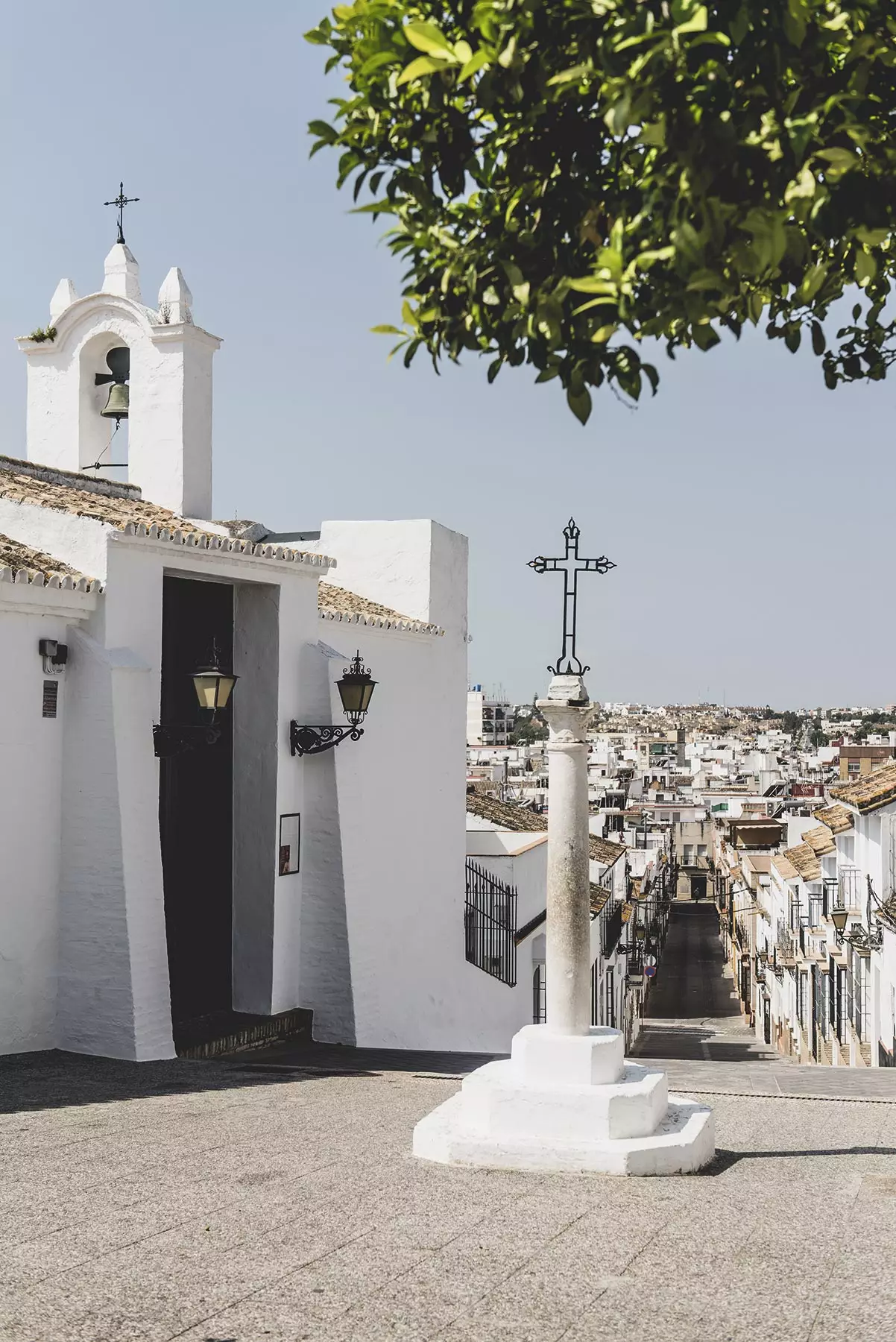
Coria del Rio
They all pull a spectacular green corridor dotted with poplars and ash trees , watered by dozens of streams that, in summer, when the sun burns the meadow, are the relief of the region. And like who doesn't want the thing (month and a half browsing) I plant myself in ** Seville **.
Another World Heritage Site that drinks from the sacred Guadalquivir, also favorable during its conquest by Ferdinand III the Saint , because it was the corridor of the river that allowed Admiral Bonifaz to break the chains that the Almohads had placed on its riverbed , thus leading the capture of the city.
Seville overwhelms with its beauty and, from my table (a small floating balcony), I admire it like never before. Passage under the oldest iron bridge in Spain, that of Triana, erected in 1852 , and I advance miles taking advantage of the push of the tide (yes, the Atlantic is already claiming in Seville, about 100 km still from the mouth of the river) .
I watch the tower of Gold , the orange trees, and I get caught up in a romantic thought as I glide on the path of water that the ships of the New World traveled.
In the Guadalquivir there was also caviar, by the way. It is not a joke. Sturgeons numbered in the hundreds as they passed through Coria del Rio and until the 30s of the last century, the town produced a first class caviar.
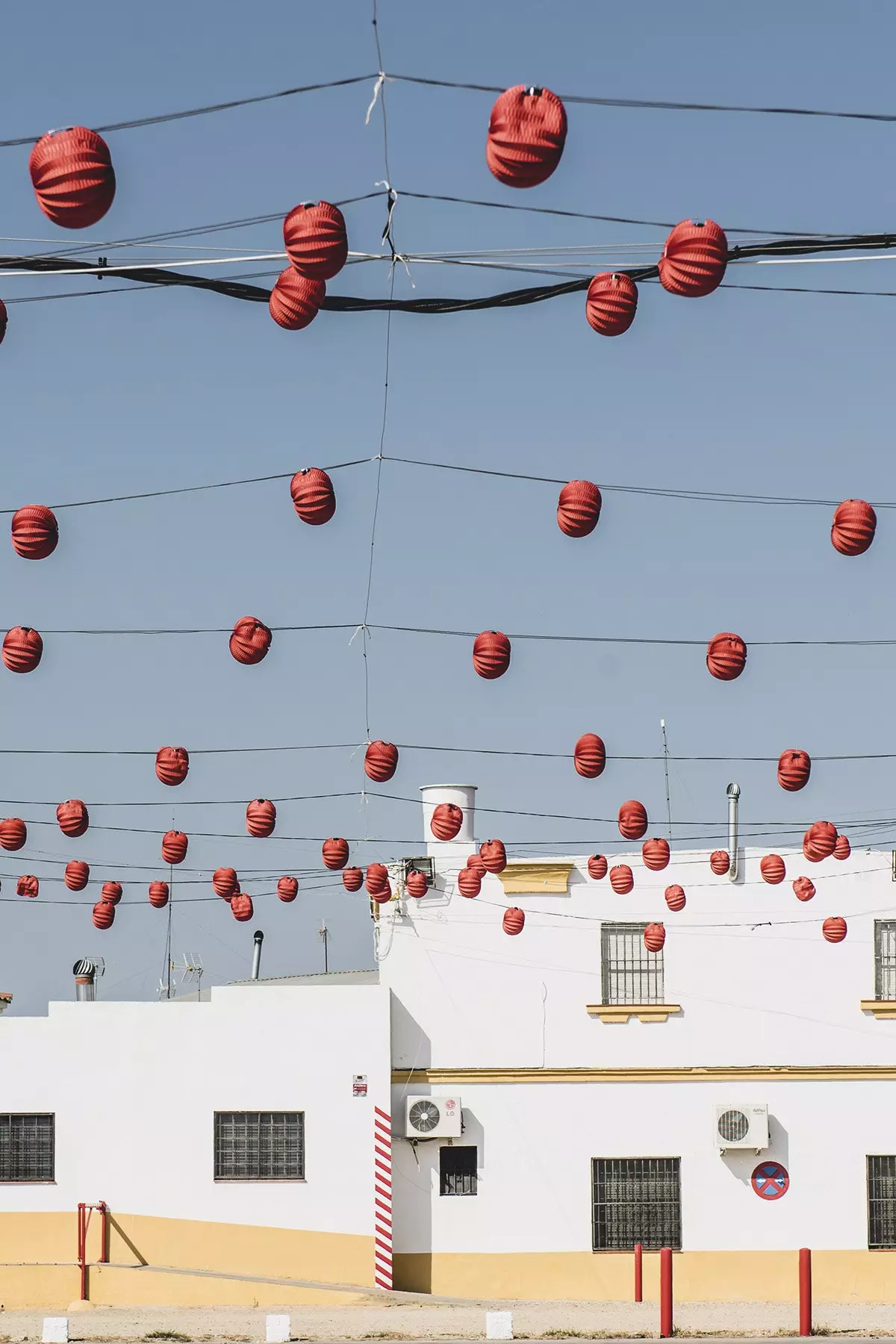
Isla Mayor, Seville
The excessive fishing and the construction of the dam of Alcala del Rio (their walls prevented fish from spawning upstream) ended up ruining the industry. Even so, the town maintains its seafaring spirit with fishermen on the shore they sell the fresh goods in cauldrons , on makeshift counters, near the crumbling walls of the old caviar factory.
I leave behind the boatman from Coria (he still exists, in fact, and for 1.60 euros he crosses more than 300 meters from shore to shore, a luxury) and I sail for two days through a gigantic marsh.
The one that corners in a landscape of inhospitable charm the Minimal Island , where he shot his film Alberto Rodríguez; the one that houses the largest rice field in Europe, although many do not even imagine it; and the one that makes up its largest ecological reserve, the Doñana Natural Area, a World Heritage Site and a UNESCO Biosphere Reserve , who also drinks from the river.
There are traces of saltpeter on my clothes and now the wind comes perfumed, like some verses by Alberti. Seagulls fly over me. I look at the fishing boats stationed next to the Bonanza breakwater that splits the river in two. And, finally, the monumental Sanlúcar appears with its stamp of ocher and white tones, with the bell towers scratching the sky.
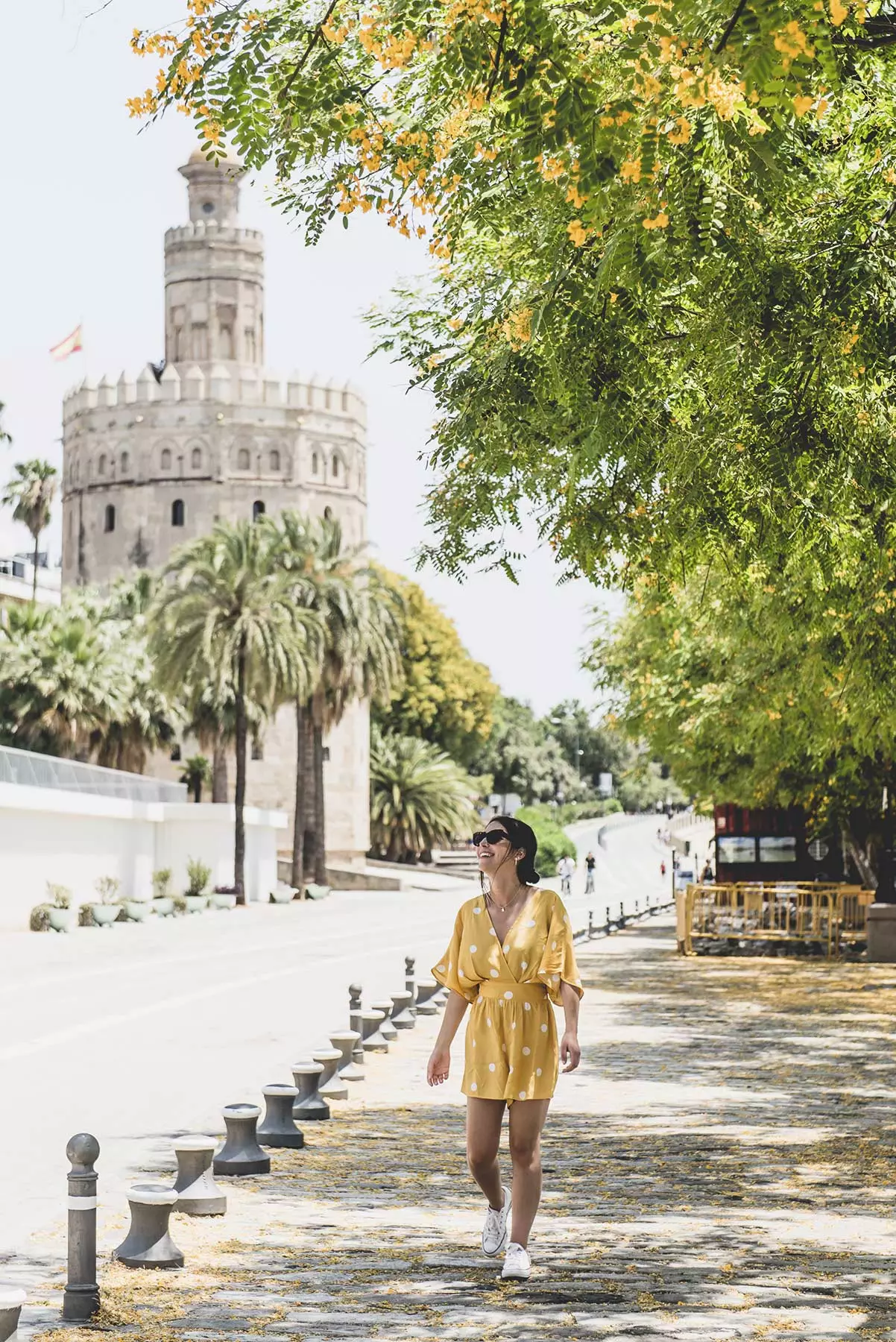
Walk of the Mayor Marqués del Contadero, Seville
They came from here Columbus, Magellan and Elcano ; from here, in fact, they all left. I think the world widened and globalization began to take shape in this place where Atlántico and Guadalquivir play their game of onslaught and retreat.
landing in the Bajo de Guia beach and I enter mustache house , open since 1951 as a manzanilla office.
The fresh fish arrived in this place in carts pulled by mules and the sailors were paid on its counter. But his real treasure is Fernando Bigote, who serves me a good dozen prawns. “There is no better way to conclude”, I think.
And, engrossed, I look at the al-wādi al-kabīr river, the one that paints extraordinary landscapes and works the miracle of life in the counties. The one who saw everything. The one that doesn't stop. And, while I suck on the huge head of a shrimp, getting dirty like a child, I feel the emotion again.
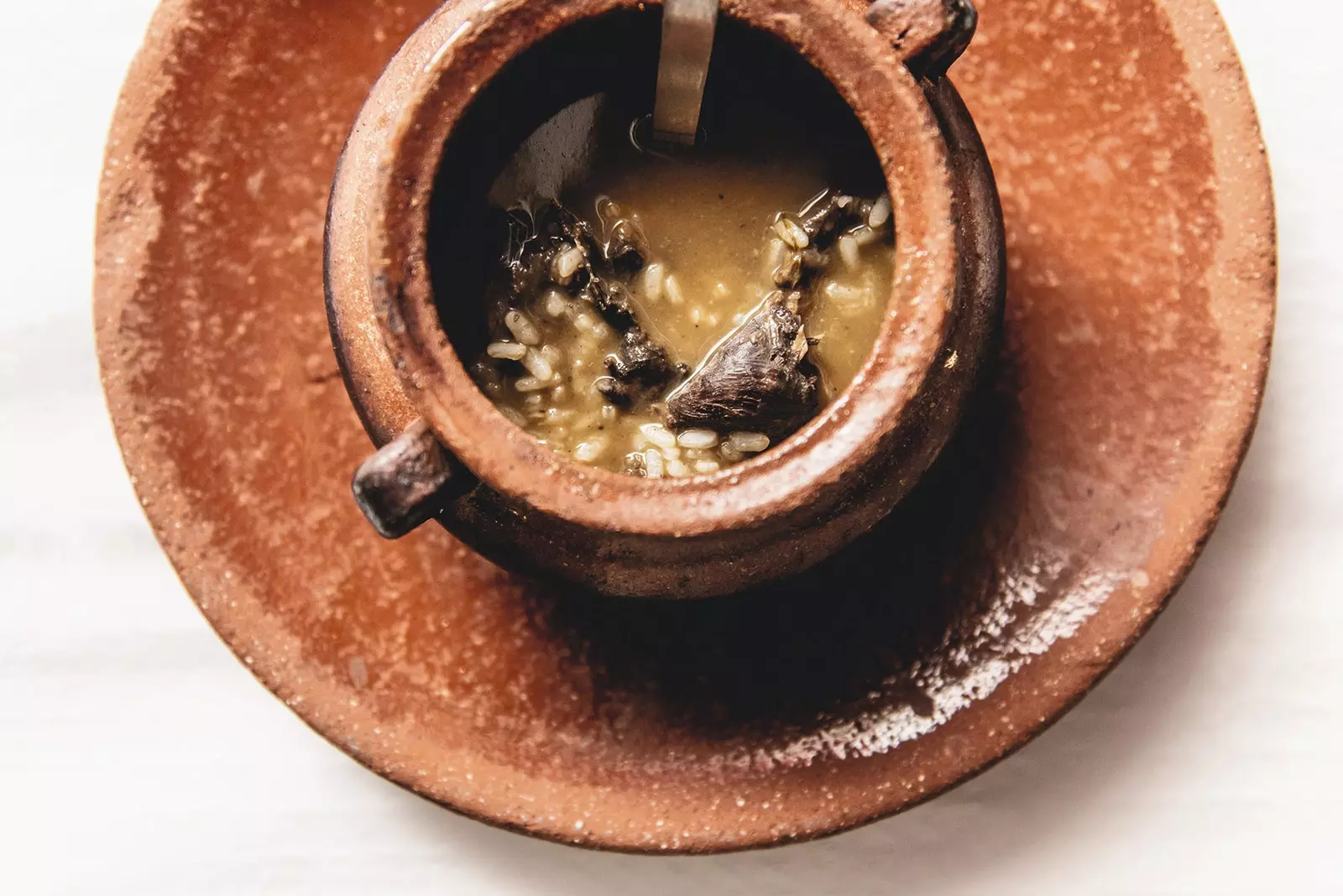
Rice with duck in El Tejao, Isla Mayor, Seville
